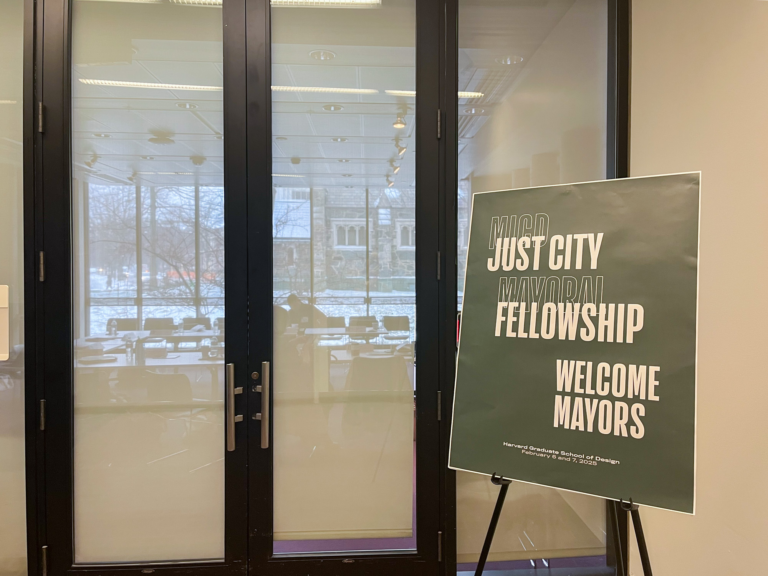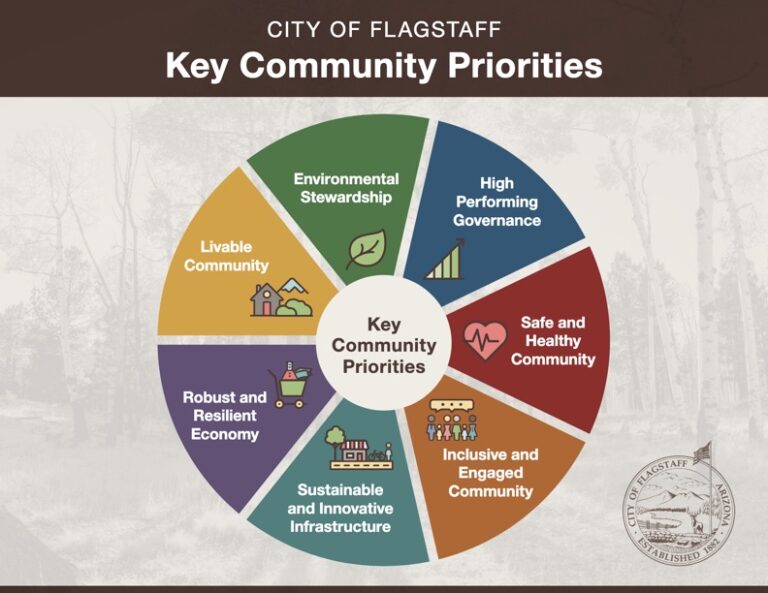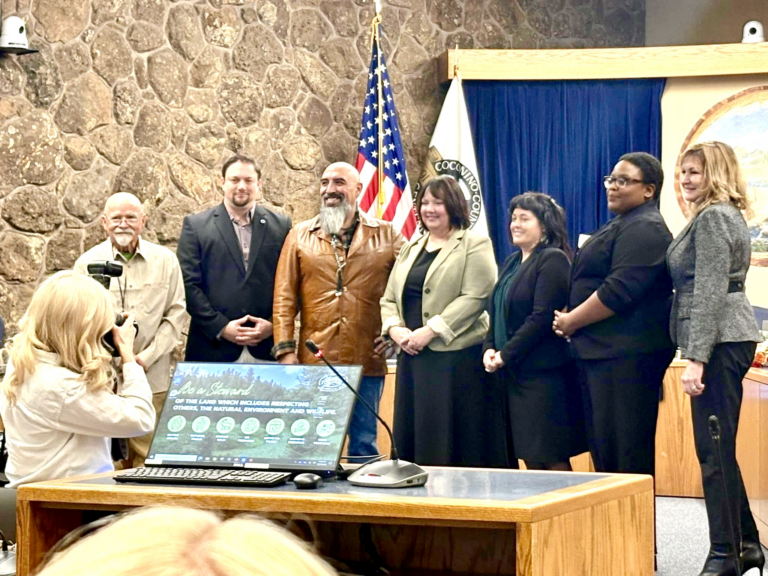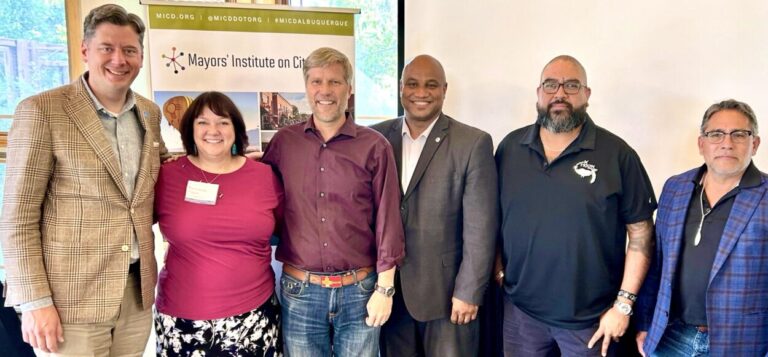Making Quality-of-Life Improvements in Flagstaff
I’m happy to report progress on Flagstaff’s Carbon Neutrality Plan (CNP). I’m proud of our community for its planning, utilization of the latest science, and advocacy that created the CNP. To watch the latest update given at the June 18, 2024 city council meeting, watch the video here.
I’m a strong supporter of the CNP for several reasons. This plan emerged from several years of work by thousands of residents and the city’s sustainability staff. I attended many meetings where I learned more about climate science and experienced the support expressed by Flagstaff residents of all ages. Importantly, I support the plan for the improved air quality, neighborhood cohesion, and cost savings that residents can enjoy through taking climate action.
Clean energy, water security, reduced building energy use, economic prosperity, healthy forests, housing, and decreased dependence on cars are a few target areas included in the plan. By 2030, the CNP aims to reduce energy use and natural gas use in City of Flagstaff (CoF) buildings by 28% and 60%, respectively. In the residential sector, the CNP strives to achieve a 43% reduction in energy use and 62% reduction in natural gas use. There are goals set for the commercial sector as well and the strategies for achieving the goals can be found in the CNP here.
Flagstaff has already met 61% of its residential solar goals as 986 systems producing 6.1 MW have been added. One hundred percent of the goal to power city buildings has been met through solar installations, power purchase agreements, and clean energy credits. We have some catching up to do with solar on commercial buildings as Flagstaff is just 2.6% toward our goals.
Transportation is the largest producer of carbon emissions and goals are set for reducing Vehicle Miles Traveled (VMT), increasing residential density by 20%, decreasing distance to transit by 25%, and fully funding the Active Transportation Master Plan (ATMP) viewable here. The CNP strategies include decreasing dependence on cars while increasing the share of Electric Vehicles (EVs) on the road, installing EV charging stations, and electrifying the CoF’s fleet. The city has installed 18 community EV charging stations (36% of our goal).
Working with Arizona Public Service (APS) and utilizing power purchase agreements, the CNP includes electrification as strategies; however, the CNP does not call for or plan to eliminate natural gas and wood for heating. In fact, the city has a wood stove incentive to replace older stoves with an EPA-certified stove, improving air quality both inside homes and throughout neighborhoods. Nor does the CNP seek to eliminate natural gas use in residential homes and businesses. Instead, it seeks to provide incentives to switch to energy-efficient electric appliances and space/water heating for residents that want to, especially when older appliances are at the end of their lifespan and are ready to be replaced. Building electrification is a broadly supported idea – with significant health benefits and cost savings. Likewise, the CNP doesn’t prescribe or dictate individuals’ modes of travel.
For those concerned about how our electric grid will handle an increase in electrification, battery back-up energy is a proven technology that is used across Arizona and the world today. In 2023, APS operated nine large-scale energy storage systems – with 13 planned in the next two years. In 2019, battery storage power became the least expensive energy source for APS – a change driven by market factors. According to the APS timetables, renewables (wind and solar) could become the dominant energy sources for Flagstaff by 2035.
US solar manufacturing is currently booming due to billions of dollars of investment and federal incentives for domestic manufacturing. Rare earth minerals used in batteries are a concern for all lithium-ion battery-powered technology. The industry is seeking to move beyond cobalt in batteries, among other improvements – some electric vehicles are already made without cobalt.
Based on the economic analysis conducted by Elevate Consulting in 2021, it is estimated that the cost to fully implement the CNP would be $600 million; however, this includes $200 million for the Active Transportation Master Plan and $19 million for a renewable energy installation to power all city operations (this has since been put on hold as the city identifies other mechanisms for utilizing clean energy). It’s important to note that much of the ATMP contains strategies that already have 20 years of approved funding from a 2018 voter-approved transportation sales tax. This funding can be leveraged to attract grant opportunities (like our recent $9.6M Safe Streets for All grant), partnerships, and other sources. A key part of the ATMP is expanded transit, already anticipated and planned by Mountain Line. Additionally, electrification of the city’s fleet occurs as vehicles are scheduled for replacement and expenditures on energy smart retrofits of city buildings result in lower energy costs.
The same economic analysis estimated positive financial impact of the CNP is $621M through savings and additional revenue, for a net positive of $21M.
I was recently asked by the National League of Cities (NLC) and the Environmental and Energy Study Institute (EESI) to speak on a Congressional briefing panel entitled “Cities Leading the Way on Nature-Based Solutions.” NLC sponsored my trip to DC because they wanted me to highlight work on our Green School Yards program as an example of a nature-based solution to climate change. My presentation included information about impacts of Flagstaff’s catastrophic wildland fires and resulting flooding. One step we’re taking to address this emergency is funding the Killip stormwater detention that in dry conditions doubles as field space for the school’s students. This is just one creative example of addressing residents’ needs through efforts that improve our quality of life. In time, I feel confident that that our other strategies to address climate change will be equally regarded as quality-of-life improvements throughout the Flagstaff community.
This column first appeared in the July 2024 edition of the Flagstaff Business News.







